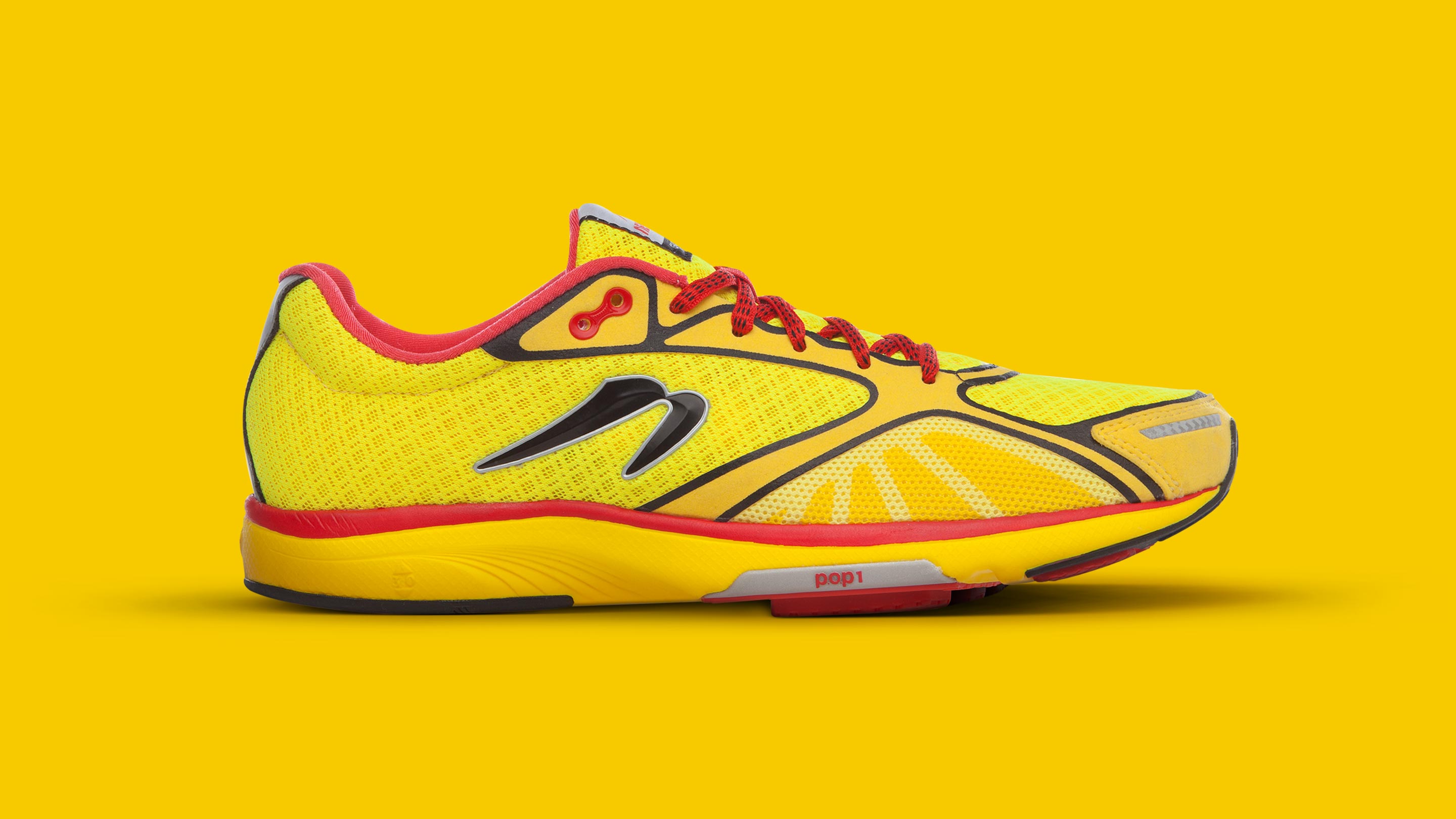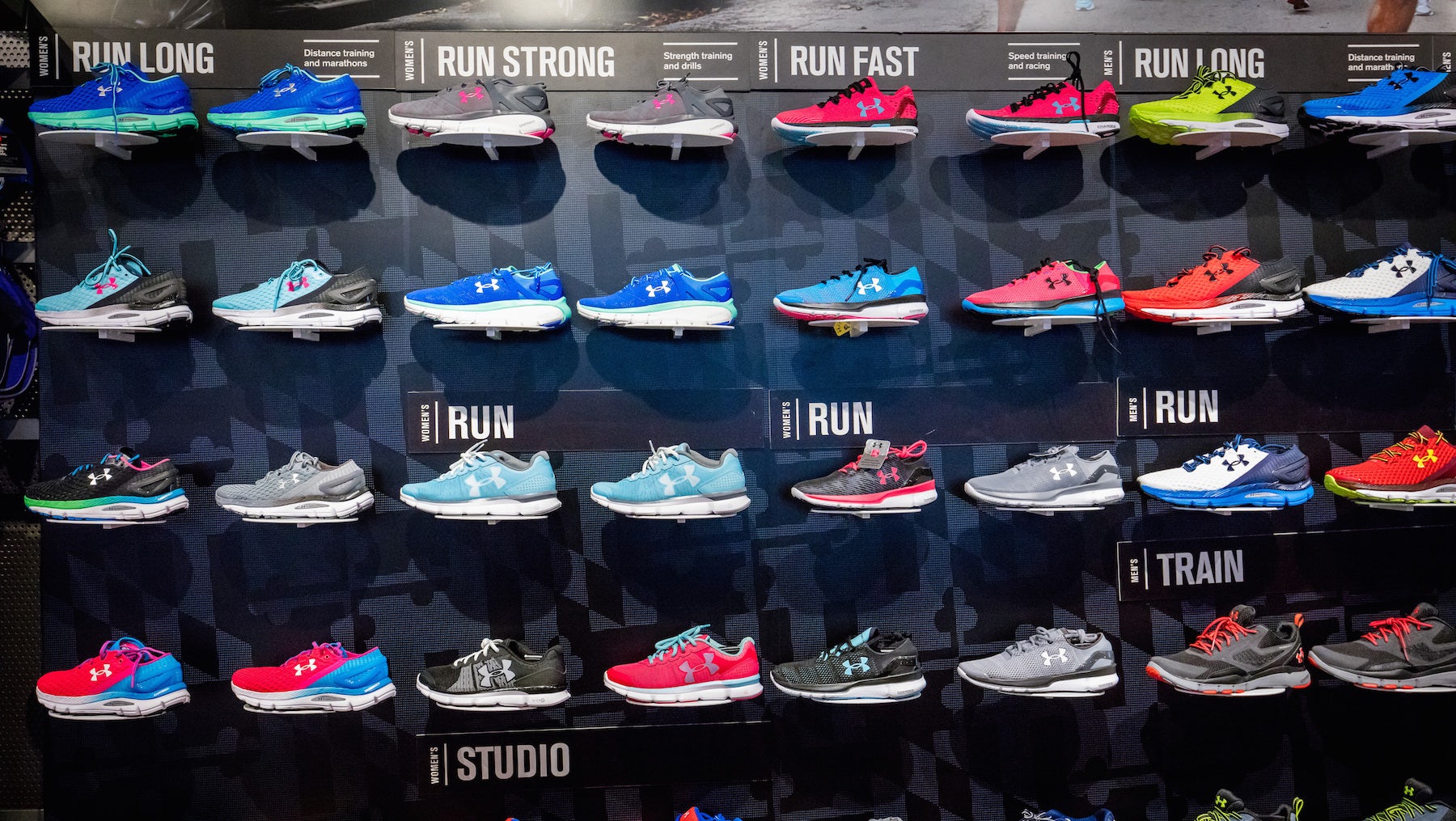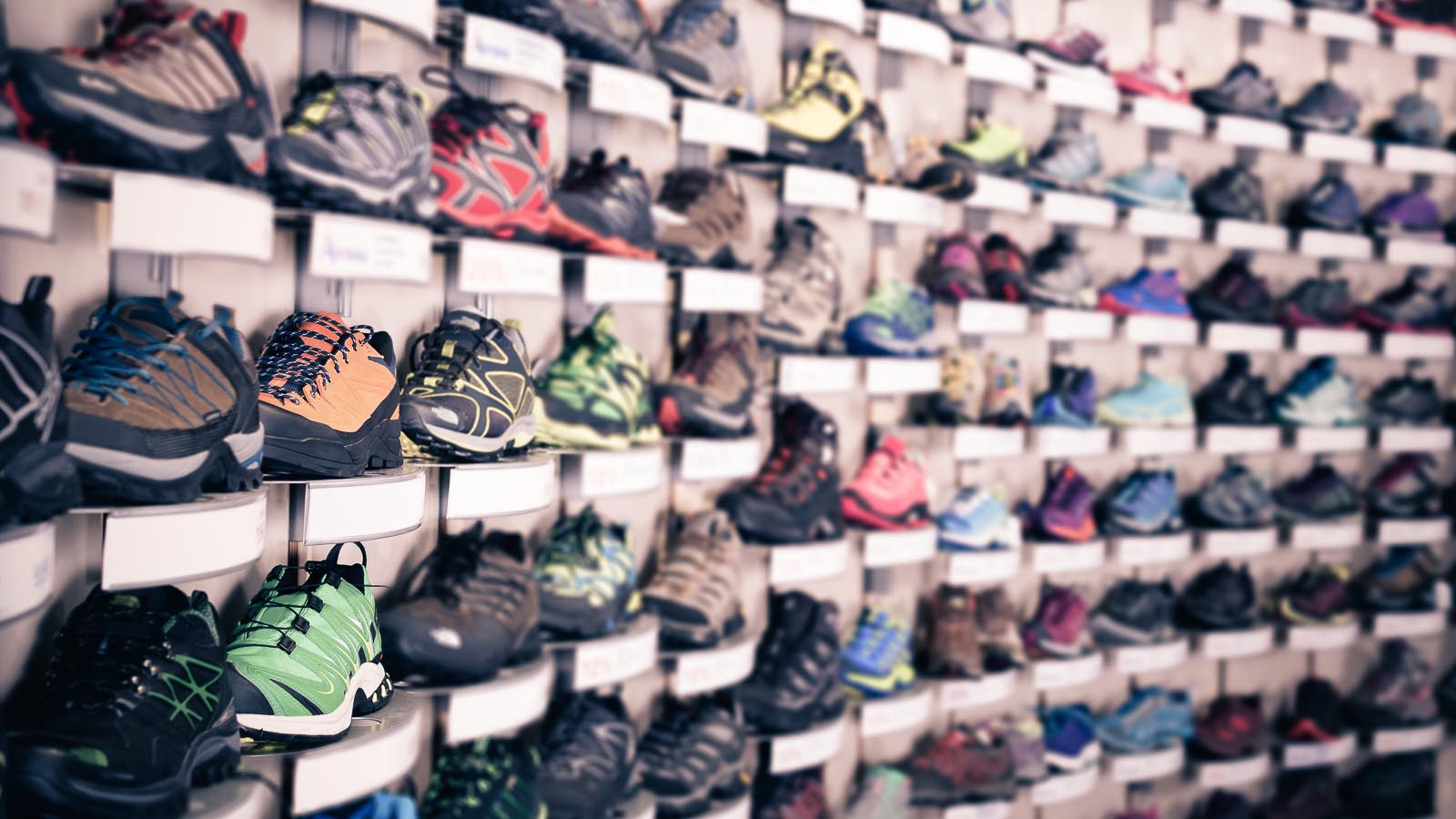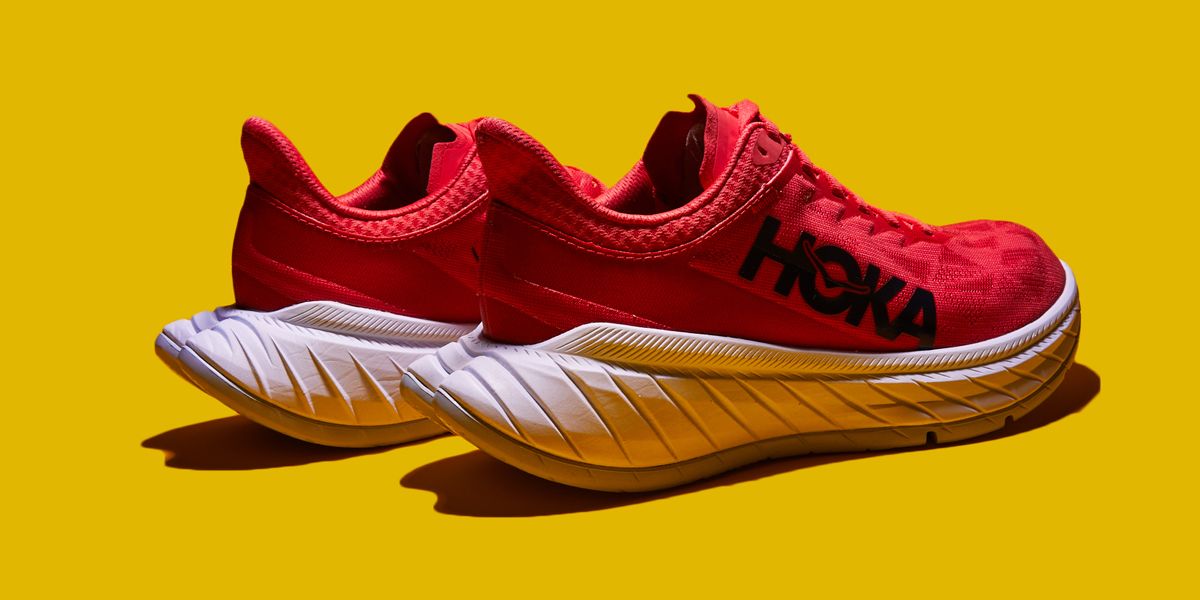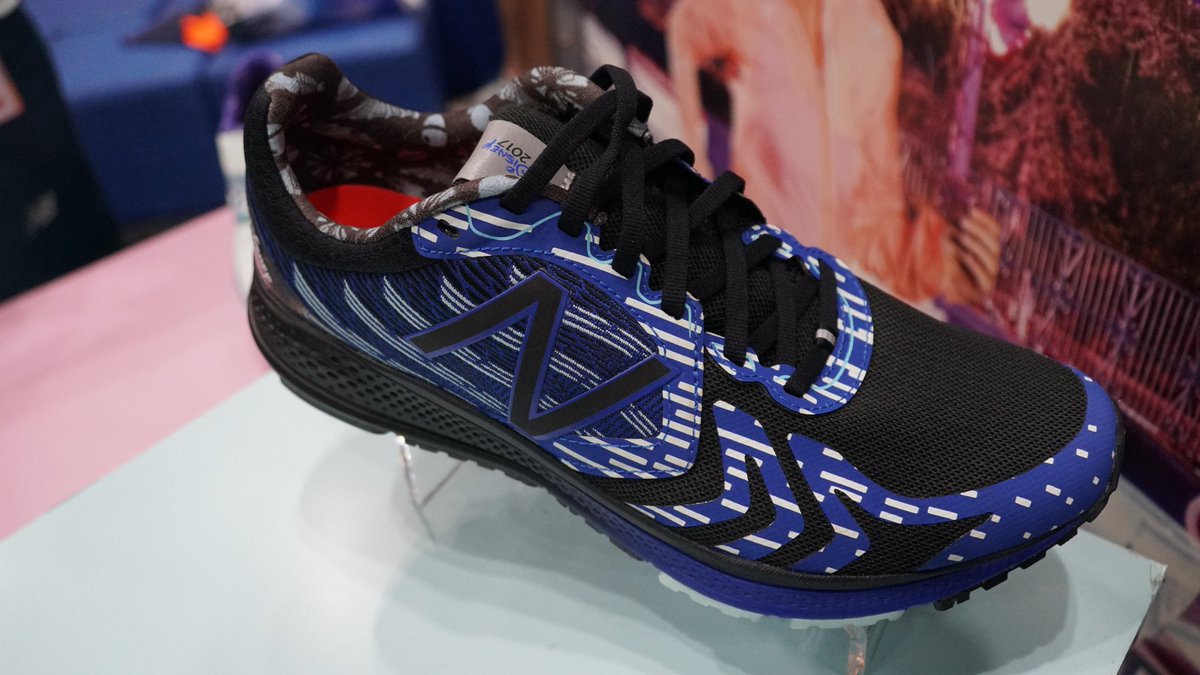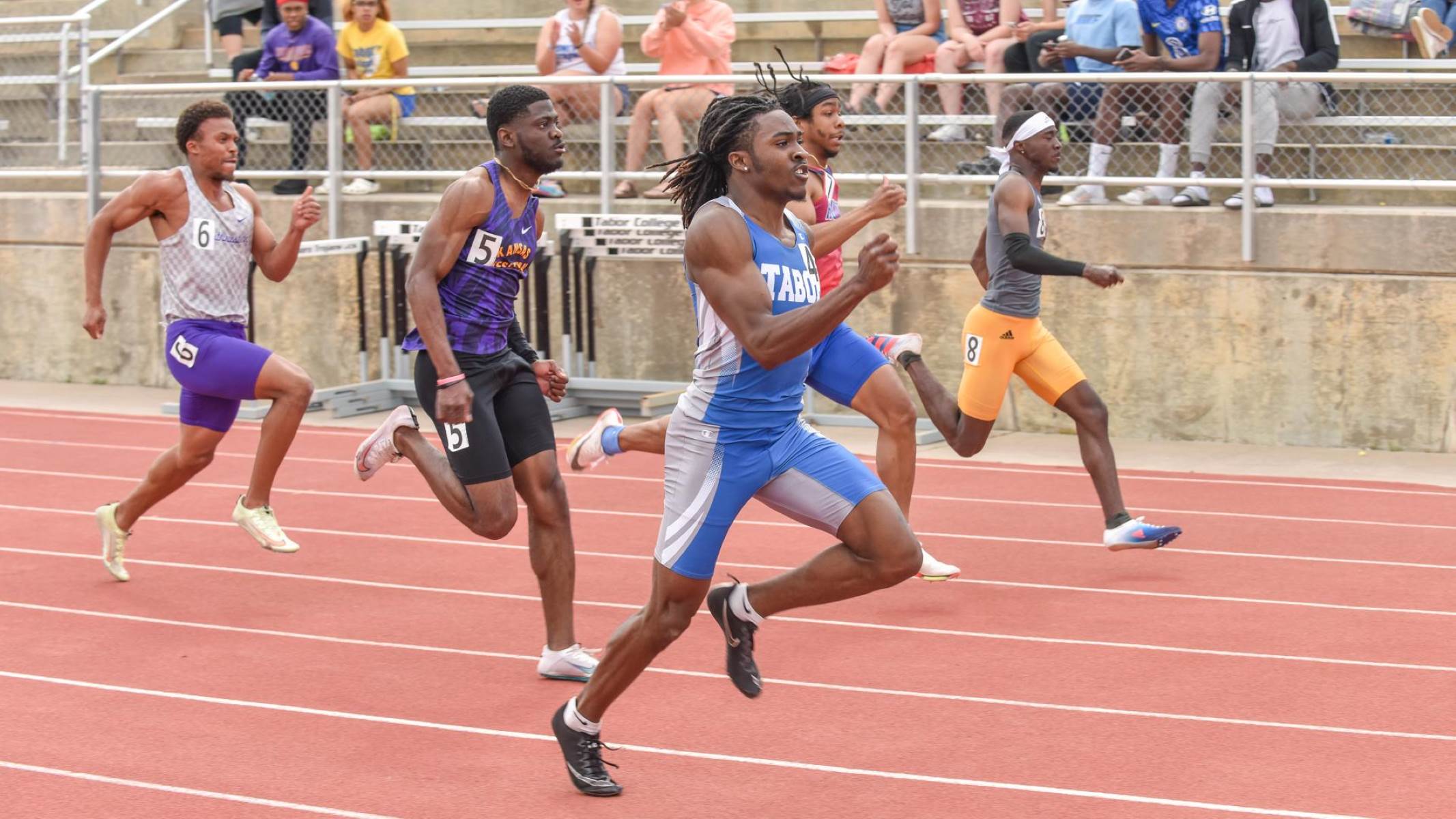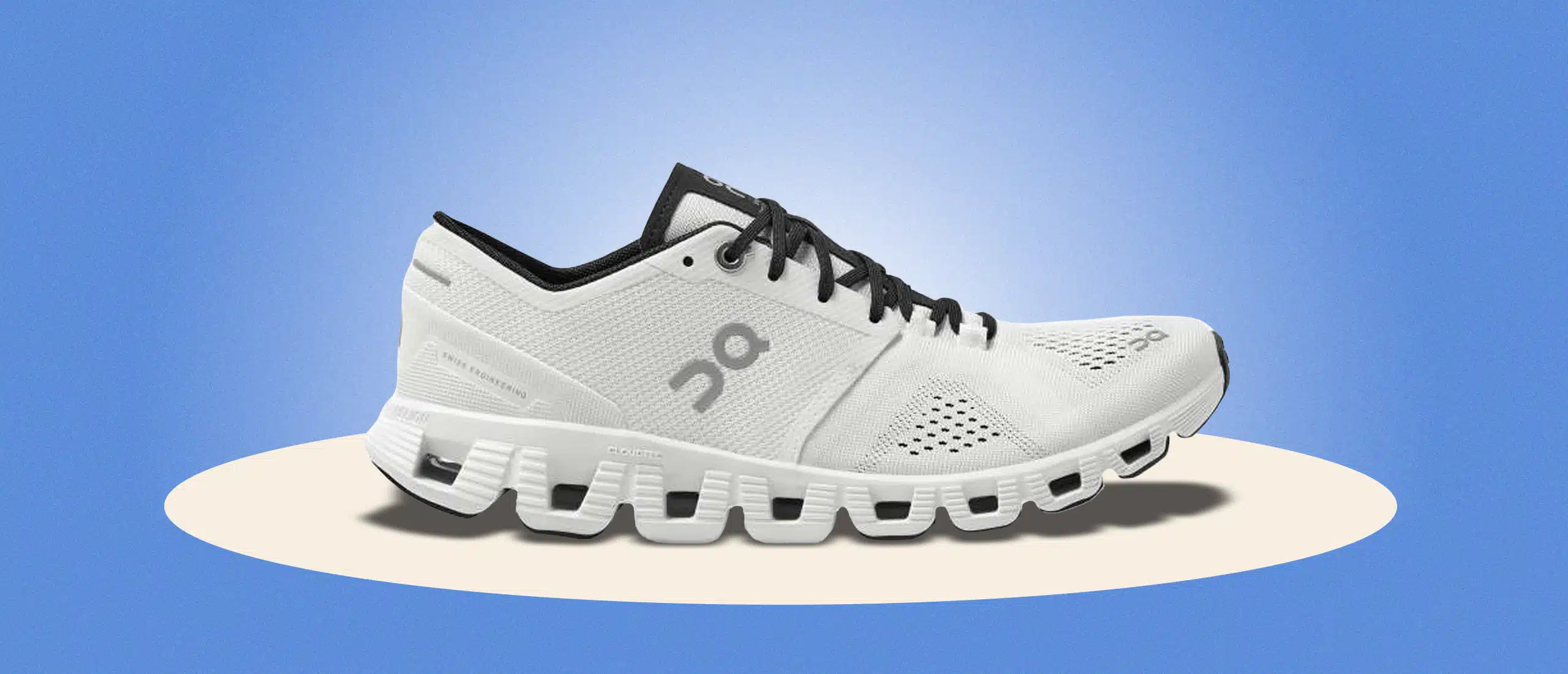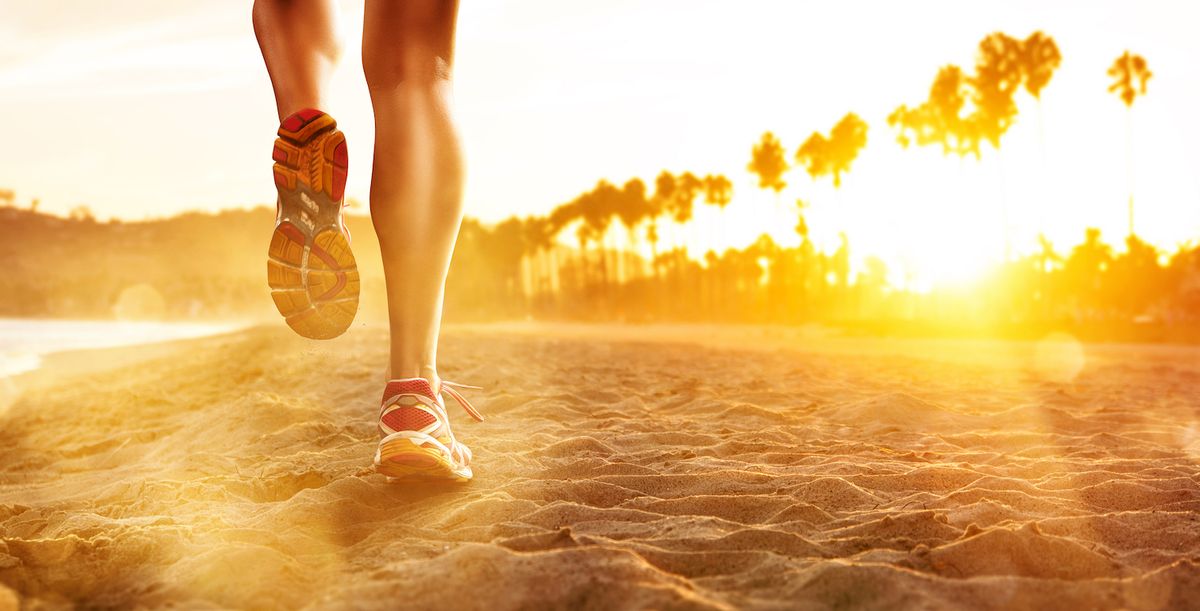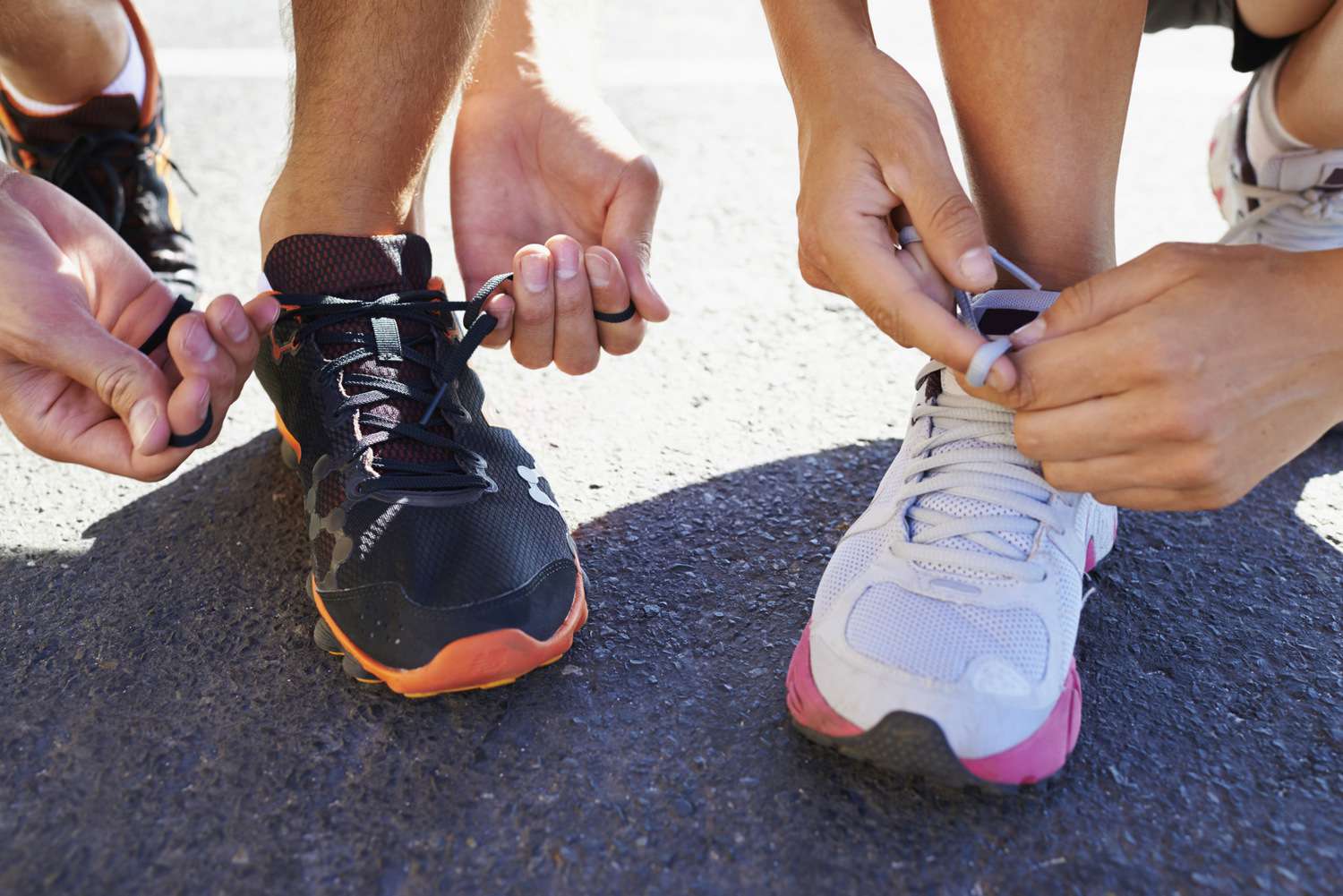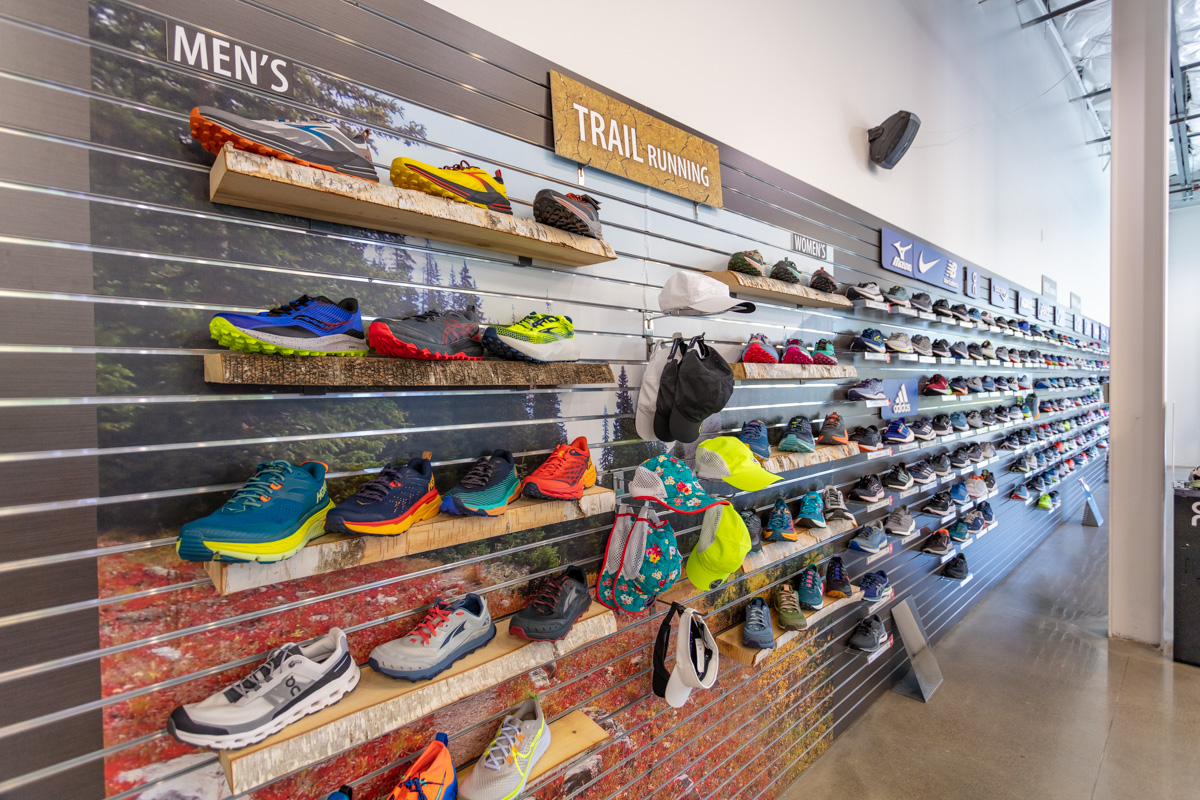Home>Misc>Product Reviews>Where To Get Good Running Shoes Fitted
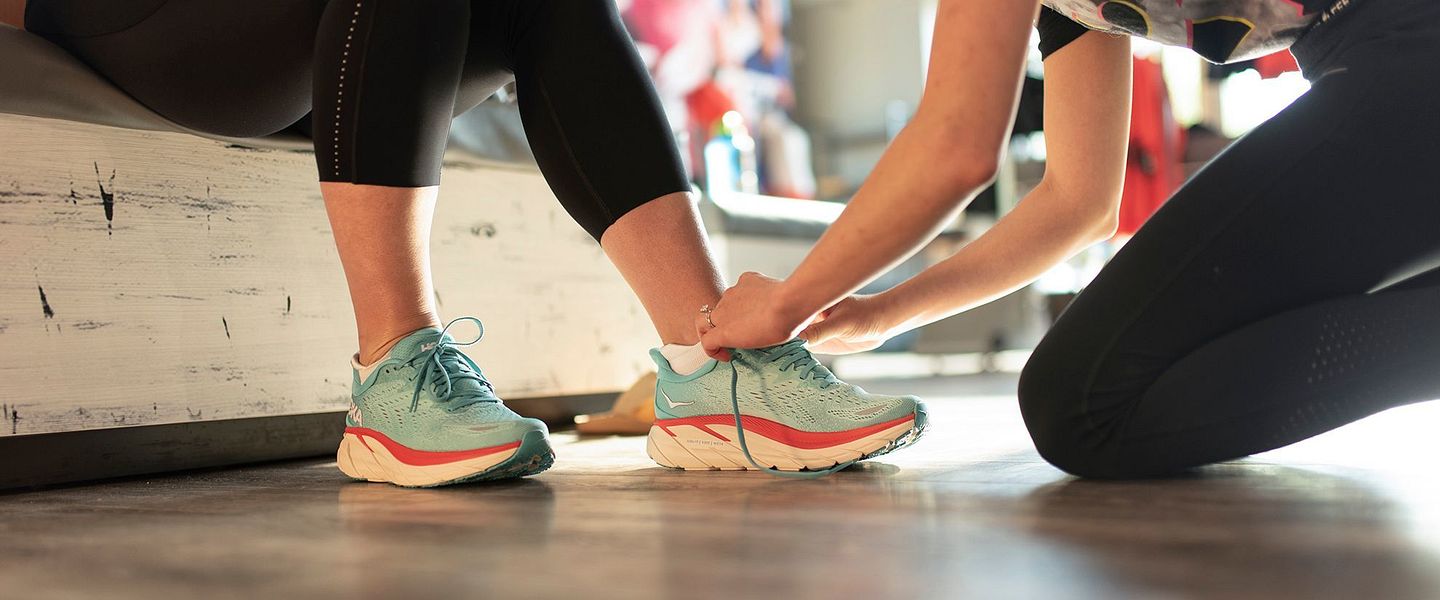

Product Reviews
Where To Get Good Running Shoes Fitted
Modified: January 22, 2024
Looking for the perfect running shoes? Read our comprehensive product reviews to find out where you can get expert fittings and find the best shoes for your needs.
Introduction
Welcome to our comprehensive guide on where to get good running shoes fitted. Whether you’re a seasoned marathon runner or just starting out on your fitness journey, having properly fitted running shoes is essential for both comfort and injury prevention. The right pair of shoes can make all the difference in your running experience, providing the necessary support and cushioning to keep you going strong.
When it comes to buying running shoes, it can be overwhelming with the multitude of options available in the market. That’s why it’s important to not only find a pair that suits your style and preferences but also ensures a proper fit. Ill-fitting shoes can lead to discomfort, blisters, and even more serious injuries such as shin splints or stress fractures.
In this article, we will explore the different options for getting your running shoes fitted correctly. We will discuss the importance of properly fitted running shoes, factors to consider when buying them, and where to find specialized stores that offer fitting services. We will also cover online retailers that have fit assistance tools and provide some tips for getting the perfect fit.
By the end of this guide, you will have the knowledge and resources to ensure that you find the ideal pair of running shoes that offer both comfort and support, allowing you to perform your best and enjoy your running experience to the fullest.
Importance of Properly Fitted Running Shoes
Having properly fitted running shoes is crucial for several reasons. Firstly, they provide the necessary support and cushioning to protect your feet and joints from the impact of running. Running puts a significant amount of stress on your feet, and wearing shoes that do not fit properly can lead to discomfort, pain, and even long-term injuries.
Secondly, properly fitted shoes can help improve your running performance. Shoes that are too loose can cause your feet to slide around inside, leading to instability and decreased efficiency in your stride. On the other hand, shoes that are too tight can restrict movement and cause uncomfortable pressure points.
Furthermore, wearing shoes that are specifically designed for running can enhance your overall comfort during your runs. They are equipped with features such as breathable materials, cushioning insole, and proper arch support to keep your feet comfortable and prevent issues like blisters and hotspots.
Properly fitted shoes can also help prevent common running injuries. When your shoes fit well, they can evenly distribute the impact forces throughout your feet, reducing the risk of developing conditions like plantar fasciitis, Achilles tendonitis, or IT band syndrome.
Another benefit of wearing properly fitted running shoes is the potential to correct any biomechanical imbalances you may have. Some runners may overpronate (roll inward) or underpronate (roll outward), and choosing shoes with the appropriate support and stability features can help correct these imbalances and promote a more natural gait.
Ultimately, investing in properly fitted running shoes is essential for the longevity of your running journey. Wearing ill-fitting shoes can lead to pain, discomfort, and injuries that can derail your progress and make running a less enjoyable experience. By choosing shoes that fit well and cater to your specific needs, you can run with confidence, comfort, and reduce the risk of running-related injuries.
Factors to Consider When Buying Running Shoes
When it comes to buying running shoes, there are several important factors to consider. By taking these factors into account, you can ensure that you find the perfect pair that meets your individual needs and preferences.
Firstly, consider your foot type and biomechanics. Understanding your foot arch type (low, medium, or high) and whether you pronate, supinate, or have a neutral gait can help determine the level of support and stability you need in a running shoe. Specialty running stores can analyze your foot mechanics and recommend shoes that provide the right level of support for your feet.
The fit of the shoe is also crucial. Shoes that are too tight can cause discomfort, while shoes that are too loose can lead to instability and blisters. Look for a shoe that provides a snug fit around your heel and midfoot, with enough wiggle room for your toes. Remember, your feet can swell during a run, so it’s important to leave some space for that expansion.
Consider the type of terrain you’ll be running on. If you predominantly run on roads or pavement, a road running shoe with sufficient cushioning and support will work best. If you’re planning on hitting the trails, opt for a trail running shoe with rugged outsoles and added protection.
Pay attention to the cushioning in the shoe. Cushioning helps absorb impact and can vary in levels of softness. Some runners prefer a plush cushioning for extra comfort, while others prefer a firmer ride for a more responsive feel. It’s important to find the right balance that works for you.
Consider the durability and weight of the shoe. Running shoes go through a lot of wear and tear, so choosing a shoe with durable materials and construction can ensure they last longer. Additionally, the weight of the shoe can affect your running performance. Lighter shoes can provide a more responsive feel, while heavier shoes may offer more stability.
Lastly, take into account your budget. Running shoes can vary in price range, so it’s important to set a budget and find a shoe that not only meets your needs but also fits within your budget constraints.
By considering these factors when buying running shoes, you can make an informed decision and find a pair that suits your individual needs, preferences, and running style.
Specialty Running Stores
Specialty running stores are a great option when it comes to getting your running shoes fitted properly. These stores specialize in running footwear and have knowledgeable staff who can guide you in finding the ideal pair of shoes for your needs.
One of the advantages of shopping at specialty running stores is the expertise of their staff. The employees are trained to assess your foot type, analyze your running gait, and recommend shoes that provide the necessary support and fit for your individual requirements. They can also answer any questions you may have about different shoe models, features, and brands.
Specialty running stores offer a wide range of running shoe options to choose from. They carry various brands and models, ensuring that you can find a shoe that suits your preferences in terms of fit, cushioning, and performance. You can try on different shoes, walk or run around the store to assess their comfort, and make an informed decision.
Furthermore, visiting a specialty running store allows you to receive personalized attention and custom fitting. The staff will take measurements of your feet, assess your arch type, and analyze your gait to recommend shoes that will provide the best fit and support. They can also make adjustments or suggest additional accessories if needed, such as insoles or orthotics, to enhance your running experience.
Specialty running stores often host events and group runs, creating a community atmosphere and giving you the opportunity to connect with fellow runners and gain valuable insights from experienced athletes. Some stores even offer additional services like gait analysis using video technology or pressure plate systems to provide a more in-depth assessment of your running mechanics.
While specialty running stores may have a slightly higher price range compared to general sporting goods stores, the personalized service and expertise they offer make them an invaluable resource for finding the perfect pair of running shoes. These stores prioritize your satisfaction and are dedicated to helping you achieve your running goals with the right footwear.
Shoe Fitting Process in Specialty Stores
When you visit a specialty running store to get your shoes fitted, you can expect a thorough and personalized fitting process to ensure that you find the perfect pair of running shoes. Here’s a breakdown of what you can expect during the shoe fitting process:
1. Assessment: The store’s staff will start by assessing your foot type, arches, and any abnormalities that may affect your gait. They may use tools like a Brannock device to measure the length and width of your feet accurately. They will also ask about any specific concerns or preferences you have regarding cushioning, support, and fit.
2. Gait analysis: The staff may ask you to walk or run on a treadmill or a designated area in the store while observing your gait. This allows them to assess your foot strike, pronation or supination tendencies, and overall biomechanics. This information helps them recommend shoes that address any irregularities and provide the appropriate support and stability.
3. Shoe selection: Based on the assessment and gait analysis, the staff will recommend a selection of shoes that match your foot type, running style, and preferences. They will consider factors such as cushioning, arch support, and stability features to ensure a proper fit.
4. Trying on and testing: You will be encouraged to try on the recommended shoes. It’s essential to wear socks that you typically use for running to get the most accurate fit. Walk or jog around the store to assess the comfort and fit of the shoes. Pay attention to any areas of discomfort or pressure points.
5. Individualized adjustments: If needed, the staff can make minor adjustments to the shoes to enhance the fit. They may recommend different lacing techniques or suggest using specific insoles or inserts to address specific issues or provide extra support.
6. Evaluation and final choice: After trying on different shoes and getting feedback from the staff, you can discuss the pros and cons of each option. Consider factors such as comfort, fit, performance, and your personal preferences before making the final decision on which pair to purchase.
Remember that getting your shoes fitted in a specialty running store is more than just a sizing process. It’s an opportunity to receive expert guidance tailored to your specific needs and running style. The fitting process ensures that you walk out with a pair of shoes that offer the right combination of comfort, support, and performance to enhance your running experience.
Online Retailers with Fit Assistance
While specialty running stores provide an excellent option for shoe fitting, online retailers have also stepped up their game by offering fit assistance tools and resources to help you find the right pair of running shoes from the comfort of your own home. Here are some online retailers that provide fit assistance:
1. Fit quizzes and questionnaires: Some online retailers have interactive fit quizzes or questionnaires that ask about your running habits, foot type, and preferences. These quizzes gather information to recommend suitable shoe options based on your responses.
2. Size charts and fitting guides: Online retailers often provide detailed size charts and fitting guides to help you determine the correct shoe size. They may include measurements for length and width, and provide guidance on how different shoe brands or models fit.
3. Customer reviews and ratings: Reading customer reviews and ratings can give you insights into how a particular shoe fits and performs. Look for feedback from runners who have a similar foot type or running style as you to get a better understanding of how the shoes may fit you.
4. Virtual try-on technology: Some online retailers offer virtual try-on tools that allow you to see how a specific shoe looks on your feet. You can upload a photo or use your phone’s camera to virtually try on different shoe models, giving you a visual representation of how they would fit and look.
5. Online chat or customer support: Many online retailers have customer support available via live chat, email, or phone. You can reach out to their representatives for personalized advice and recommendations based on your specific needs and preferences.
6. Return and exchange policies: Online retailers understand that it’s challenging to get the perfect fit without physically trying on the shoes. They often have flexible return and exchange policies that allow you to try the shoes at home and return or exchange them if they don’t meet your expectations.
While online retailers provide convenience and accessibility, it’s important to keep in mind that getting the perfect fit can still be a bit challenging without the ability to physically try on the shoes. It may be beneficial to combine online fit assistance with store visits to get a comprehensive fitting experience.
By utilizing the fit assistance tools and resources offered by online retailers, you can make an informed purchase decision and find running shoes that suit your needs and preferences, even if you cannot try them on in person.
Tips for Getting the Perfect Fit
Finding the perfect fit for your running shoes is essential for a comfortable and enjoyable running experience. Here are some tips to help you get the ideal fit:
1. Measure your feet: Regularly measure both the length and width of your feet, as they can change over time. Use a Brannock device or a measuring tape to get the most accurate measurements.
2. Try shoes in the afternoon: Your feet can swell throughout the day, so it’s best to try on shoes in the afternoon or evening when your feet are at their largest size.
3. Wiggle room for toes: Ensure that there is about a thumb’s width of space between your longest toe (typically the big toe) and the end of the shoe. This gives your toes enough room to move and prevents discomfort or bruised toenails.
4. Walk and run test: Take your time to walk or jog around the store (if you’re in a physical store) or do a short run (if you’re trying shoes at home). This allows you to assess the comfort, support, and fit of the shoes during movement.
5. Consider sock thickness: Wear the type of running socks you plan to use during your runs when trying on shoes. Different sock thickness can affect the fit, so it’s important to replicate the conditions you’ll be running in.
6. Be aware of width options: Some shoe models offer different width options (e.g., regular, wide, narrow). If you have wide or narrow feet, consider trying different width options to find the most comfortable fit.
7. Check for heel slippage: Your heel should feel snug and secure in the shoe without any excessive slippage. If your heel moves too much, it can cause blisters and discomfort.
8. Re-evaluate each shoe: Even if you find a shoe that feels great, it’s still worth trying other models or brands. Not all shoes are created equal, and you may find another shoe that provides an even better fit and performance.
9. Read customer reviews: Look for customer reviews or feedback on shoe fit for any specific models you’re considering. This can give you insights into how well the shoes fit and if there are any common fit issues.
10. Monitor shoe wear: Pay attention to how your shoes wear over time. If you notice excessive wear on certain areas, it may indicate an improper fit or a need for specific adjustments.
Remember that everyone’s feet are unique, and what works for others may not work for you. Trust your own comfort and instincts when finding the perfect fit. If possible, consult with a running shoe specialist at a dedicated running store for personalized guidance and recommendations.
Conclusion
Getting properly fitted running shoes is crucial for a comfortable and injury-free running experience. Whether you choose to visit specialty running stores or utilize online retailers’ fit assistance tools, the goal remains the same: finding the perfect fit that meets your unique needs and preferences.
Specialty running stores offer the advantage of personalized attention from knowledgeable staff who can assess your foot type, analyze your gait, and recommend shoes that provide the necessary support and fit. These stores provide a wide range of shoe options and the opportunity to try them on and test them for comfort and performance.
On the other hand, online retailers have stepped up their game by offering fit assistance tools such as quizzes, size charts, virtual try-on technology, customer reviews, and chat support. While it may be challenging to get the exact fit without trying on shoes physically, these online resources can provide valuable guidance to help you make an informed decision.
Additionally, we discussed some tips to help you achieve the perfect fit, including measuring your feet, considering different factors such as toe wiggle room, sock thickness, and heel slippage, and taking the time to walk or run test the shoes. Customer reviews and monitoring shoe wear can also provide insights into fit and potential issues.
Remember, investing in properly fitted running shoes is an investment in your comfort, performance, and injury prevention. Taking the time and effort to find the right fit will ultimately enhance your running experience and allow you to pursue your fitness goals with confidence.
Whether you’re a seasoned runner or just starting out, don’t underestimate the importance of getting your running shoes fitted properly. By considering the factors discussed in this guide and utilizing the resources available to you, you can find the perfect pair of running shoes that will support your feet, enhance your performance, and bring joy to your running journey.
